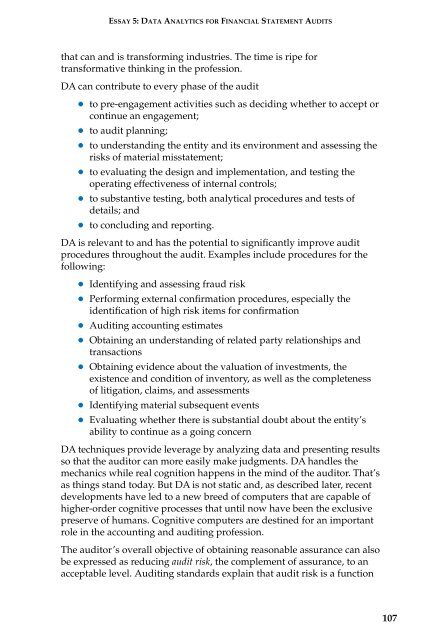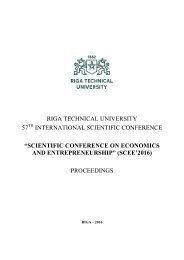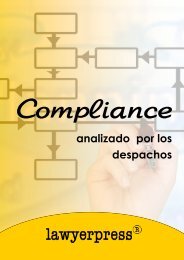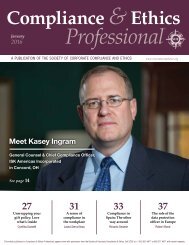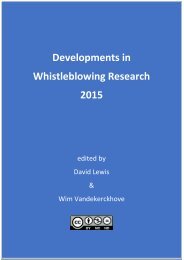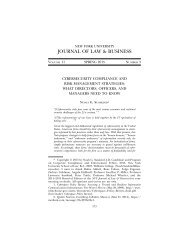AUDIT ANALYTICS AUDIT
x8YaD9
x8YaD9
- No tags were found...
Create successful ePaper yourself
Turn your PDF publications into a flip-book with our unique Google optimized e-Paper software.
ESSAY 5: DATA <strong>ANALYTICS</strong> FOR FINANCIAL STATEMENT <strong>AUDIT</strong>S<br />
that can and is transforming industries. The time is ripe for<br />
transformative thinking in the profession.<br />
DA can contribute to every phase of the audit<br />
to pre-engagement activities such as deciding whether to accept or<br />
continue an engagement;<br />
to audit planning;<br />
to understanding the entity and its environment and assessing the<br />
risks of material misstatement;<br />
to evaluating the design and implementation, and testing the<br />
operating effectiveness of internal controls;<br />
to substantive testing, both analytical procedures and tests of<br />
details; and<br />
to concluding and reporting.<br />
DA is relevant to and has the potential to significantly improve audit<br />
procedures throughout the audit. Examples include procedures for the<br />
following:<br />
Identifying and assessing fraud risk<br />
Performing external confirmation procedures, especially the<br />
identification of high risk items for confirmation<br />
Auditing accounting estimates<br />
Obtaining an understanding of related party relationships and<br />
transactions<br />
Obtaining evidence about the valuation of investments, the<br />
existence and condition of inventory, as well as the completeness<br />
of litigation, claims, and assessments<br />
Identifying material subsequent events<br />
Evaluating whether there is substantial doubt about the entity’s<br />
ability to continue as a going concern<br />
DA techniques provide leverage by analyzing data and presenting results<br />
so that the auditor can more easily make judgments. DA handles the<br />
mechanics while real cognition happens in the mind of the auditor. That’s<br />
as things stand today. But DA is not static and, as described later, recent<br />
developments have led to a new breed of computers that are capable of<br />
higher-order cognitive processes that until now have been the exclusive<br />
preserve of humans. Cognitive computers are destined for an important<br />
role in the accounting and auditing profession.<br />
The auditor’s overall objective of obtaining reasonable assurance can also<br />
be expressed as reducing audit risk, the complement of assurance, to an<br />
acceptable level. Auditing standards explain that audit risk is a function<br />
107


